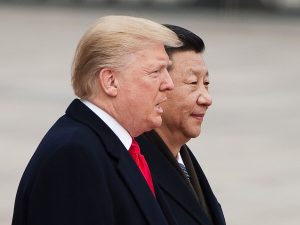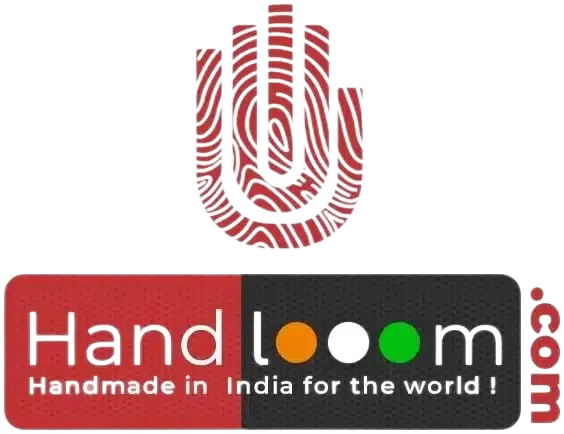India’s Polyester Passion: Weaving a Sustainable Future or Fueling Fashion’s Flame?
India’s love affair with polyester shows no signs of fading. The fabric, born from fossil fuels, has become the darling of the country’s textile industry, especially with Reliance Industries, the behemoth player, pledging a whopping ₹750 billion investment to expand its polyester and vinyl production. But amidst this boom, whispers of sustainability and concerns about a petroleum-powered future for fashion are getting louder.

Polyester: The King of Convenience, the Conundrum of Climate
At the heart of India’s polyester obsession lies its undeniable practicality. It’s cheap, wrinkle-resistant, and readily available, making it a perfect fit for a cost-conscious, fast-fashion market. Reliance Industries, already the world’s largest polyester producer under its Recron brand, is doubling down on this advantage, aiming to further dominate the domestic and potentially, the global market.
But convenience comes at a cost. Polyester’s production guzzles fossil fuels, spewing greenhouse gasses and contributing to climate change. Its microplastic shedding pollutes oceans and ecosystems, leaving a trail of environmental damage. The “throwaway” nature of fast fashion exacerbates these issues, creating mountains of synthetic waste that take centuries to decompose.

A Missed Opportunity at the AGM: Steering Towards Sustainability or Stoking the Fossil Fuel Fire?
Reliance Industries’ recent AGM could have been a turning point. Mukesh Ambani, the company’s chairman, spoke of sustainability and circularity, buzzwords in the fashion world. Yet, his commitment to polyester expansion painted a different picture. Instead of charting a course towards eco-friendly alternatives like organic cotton, recycled fibers, or bio-based textiles, Reliance is choosing to fuel the fire of fossil fuel fashion.
Cotton Cringes, Consumers Contemplate: A Shifting Landscape

The cotton industry, once the undisputed king of Indian textiles, is feeling the polyester pinch. Rising cotton prices and Reliance’s polyester push are forcing a shift in consumer choices. CRISIL Ratings predicts a 4-5% drop in cotton yarn demand as buyers turn to cheaper polyester alternatives. This trend, driven by price competitiveness, is likely to continue in the near future.
Flags and Fabrications: A Symbol of Change or Convenience?

The Indian government’s recent decision to allow machine-made polyester flags adds another layer to this complex narrative. Amending the Flag Code of India, which previously mandated handwoven khadi flags, has been met with mixed reactions. Proponents see it as a boost to domestic manufacturing and affordability, while critics decry it as a dilution of India’s heritage and a missed opportunity to promote sustainable practices.
Beyond the Binary: Weaving a Future for Fashion

The polyester versus sustainability debate is not a zero-sum game. India, with its vast textile expertise and growing consumer awareness, has the potential to be a leader in weaving a more responsible fashion future. Investing in research and development of eco-friendly alternatives, promoting responsible consumerism, and building robust recycling infrastructure are just some steps that can be taken.
From Fossil Fuel Fashion to Conscious Consumption: A Call to Action

1. Appeal to their values:
Emphasize the environmental impact of synthetic fibers:
Synthetic fibers, like polyester and nylon, contribute significantly to environmental degradation due to their production process reliant on fossil fuels and chemical treatments. These materials release microplastics during washing, polluting waterways and harming marine life. Their slow decomposition further perpetuates their presence in landfills, exacerbating the strain on our ecosystems.
Highlight the health risks of synthetic fibers:
Synthetic fibers can pose health risks as they often contain chemicals like formaldehyde, which can cause skin irritation and allergic reactions in sensitive individuals. Additionally, the production process and wear of these fibers release microplastics that can potentially be inhaled, leading to respiratory issues and posing long-term health concerns.
Connect with their desire for authenticity and heritage:
In seeking authenticity and honoring heritage, there’s a growing trend towards embracing natural fibers like cotton, wool, and hemp. These materials not only evoke a sense of tradition and craftsmanship but also align with a desire for sustainable, eco-friendly choices that reflect a deeper connection to nature and the past.

India’s textile story is still being written. The choices made today will determine whether the country becomes a champion of sustainable fashion or remains chained to the limitations of fossil fuel fabrics. Consumers, manufacturers, and policymakers all have a role to play in shaping this narrative. By demanding and creating sustainable alternatives, embracing responsible consumption, and investing in eco-friendly innovations, we can rewrite the ending and ensure that India’s fashion future is woven with threads of both style and sustainability.




















